Oxygen
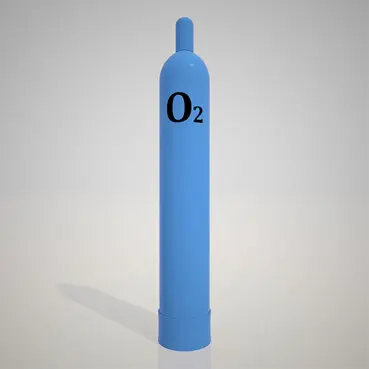
Oxygen is a chemical element with the symbol O and atomic number 8. It belongs to the chalcogen group in the periodic table and is a highly reactive nonmetal element; it is considered an oxidizing agent that readily forms compounds (mainly oxides) with most elements. By mass, oxygen is the third most abundant element in the universe after hydrogen and helium. At standard temperature and pressure, two atoms of the element combine to form dioxygen, O₂, a colorless, odorless, and tasteless diatomic gas. Approximately 55% of commercially produced oxygen is used in the smelting of iron ore to produce steel. During this process, O₂ is introduced into the molten iron via a high-pressure lance, which leads to the removal of excess carbon and other impurities, such as sulfur, as SO₂ and CO₂ oxides. As a result of exothermic reactions, the temperature rises to 1700 °C.
Another 25% of commercially produced oxygen is used in the chemical industry. Oxygen reacts with ethylene (using O₂) to create ethylene oxide, which in turn is converted to ethylene glycol; oxygen is a primary feedstock and is considered an important substance used in the production of many products, including antifreeze and polyester polymers (precursors to many plastics and fabrics).
The majority of the remaining 20% of commercially produced oxygen is used in medical applications, metal cutting and welding, as an oxidizer in rocket fuel, and in water treatment. Oxygen is used in oxy-acetylene welding to produce a high-temperature flame from the combustion of acetylene with O₂. During this process, metal up to 60 cm thick is first heated with an oxy-acetylene flame and then rapidly cut by a high-flow stream of oxygen.
Liquid oxygen, abbreviated as LOx, LOX, or Lox in the aviation, submarine, and gas industries, is one of the physical forms of elemental oxygen.
Commercially, liquid oxygen is classified as an industrial gas and is widely used for industrial and medical purposes. Liquid oxygen is obtained from oxygen naturally present in the air by fractional distillation in cryogenic air separation plants.
When combined with liquid hydrogen, kerosene, or methane gas, liquid oxygen is a widely used cryogenic liquid oxidizer for space rocket applications. Liquid oxygen can also be considered advantageous because it produces a high specific impulse. It was used in early rocket applications, including the V2 rocket (with A-Stoff and Sauerstoff propellants), Redstone, R-7 Semyorka, Atlas boosters, and the ascent stages of Apollo Saturn rockets. Liquid oxygen was also used in early Intercontinental Ballistic Missiles (ICBMs), but it is not used in later, more advanced types of missiles because its cryogenic properties and the need for regular replenishment to replace boil-off complicate maintenance and rapid launch capabilities. Liquid oxygen is used in the Space Shuttle main engines, as well as in many modern rockets. Liquid oxygen is also widely used in the preparation of oxyliquit explosives, but recently it has been used very rarely due to the high risk of accidents. Liquid oxygen is also used in wastewater treatment in the activated sludge process to maintain high levels of microorganisms.
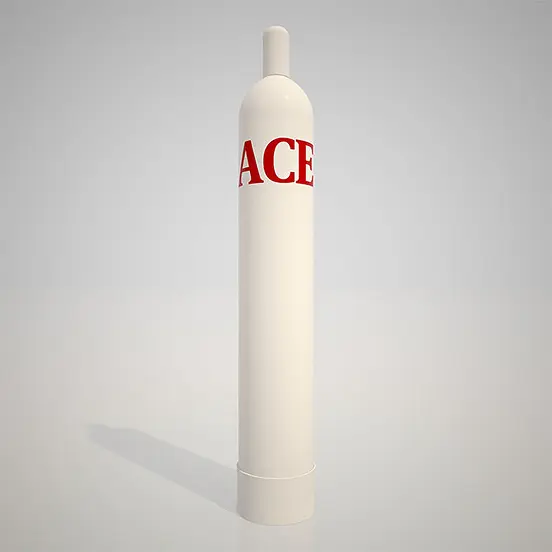
Acetylene (systematic name: ethyne) is a chemical compound with the formula C₂H₂.
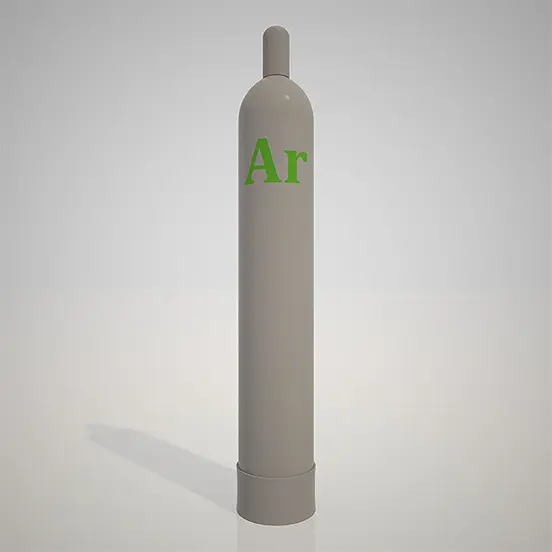
Argon is a chemical element with the symbol Ar and atomic number 18.
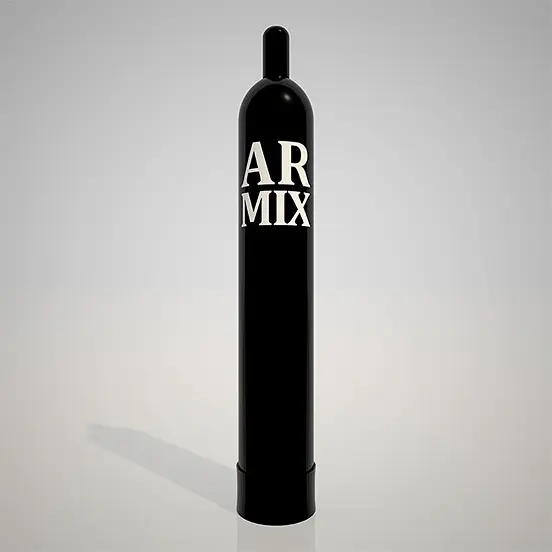
Argon-Carbon Dioxide C-50 (50% argon / 50% CO₂)
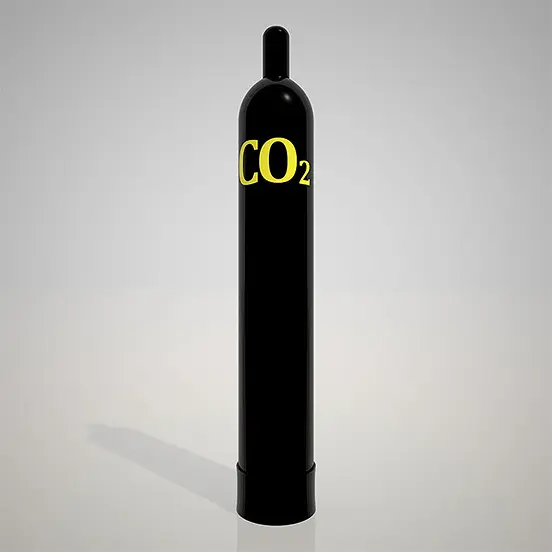
Carbon dioxide (chemical formula CO₂)
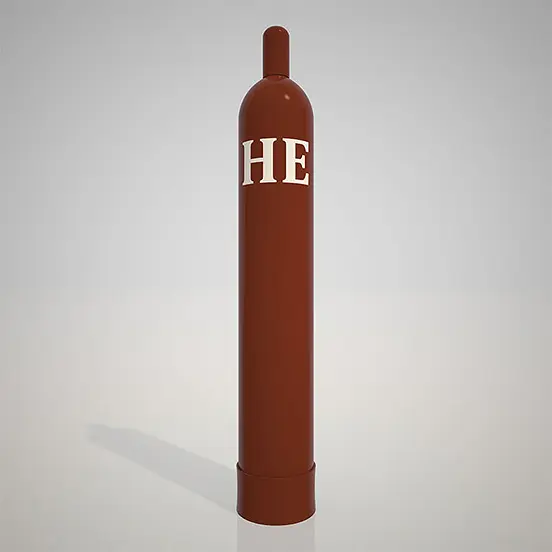
Helium is a chemical element with the symbol He and atomic number 2.
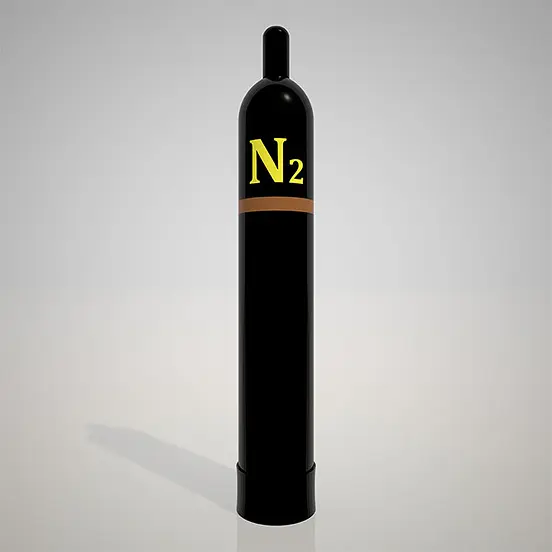
Nitrogen is a chemical element with the symbol N and atomic number seven.
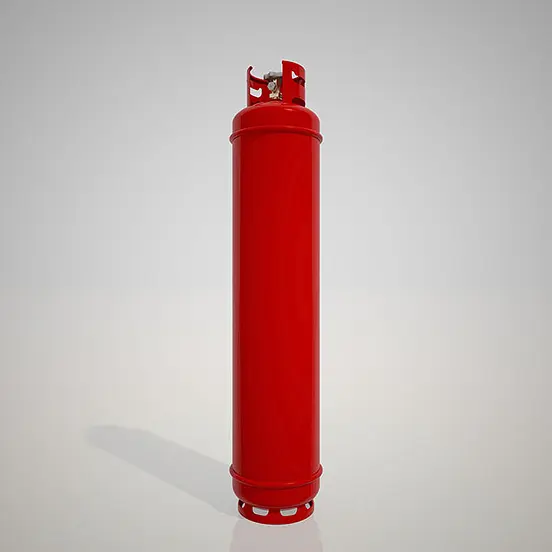
Propane (molecular formula C₃H₈) is an alkane with three carbon atoms.